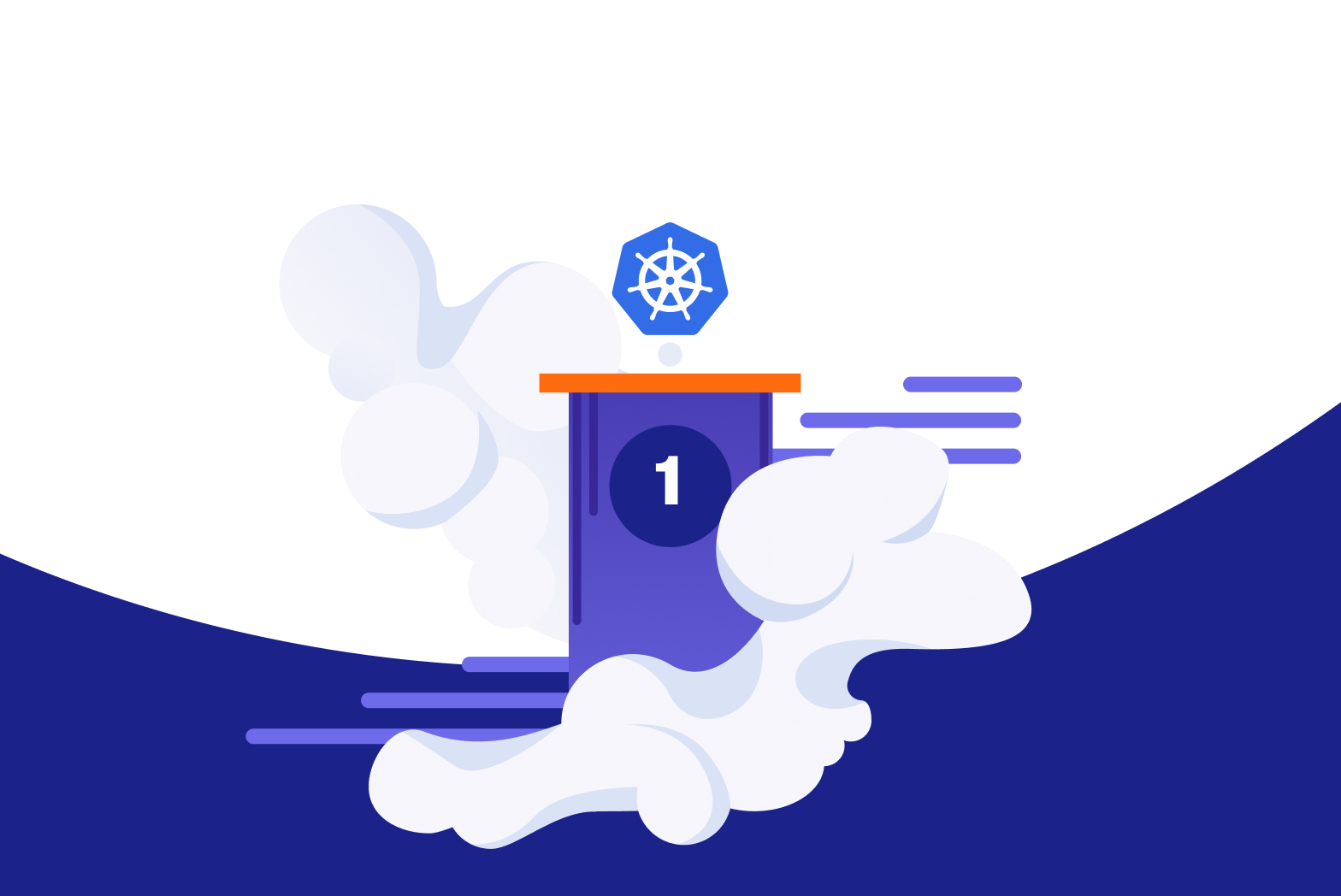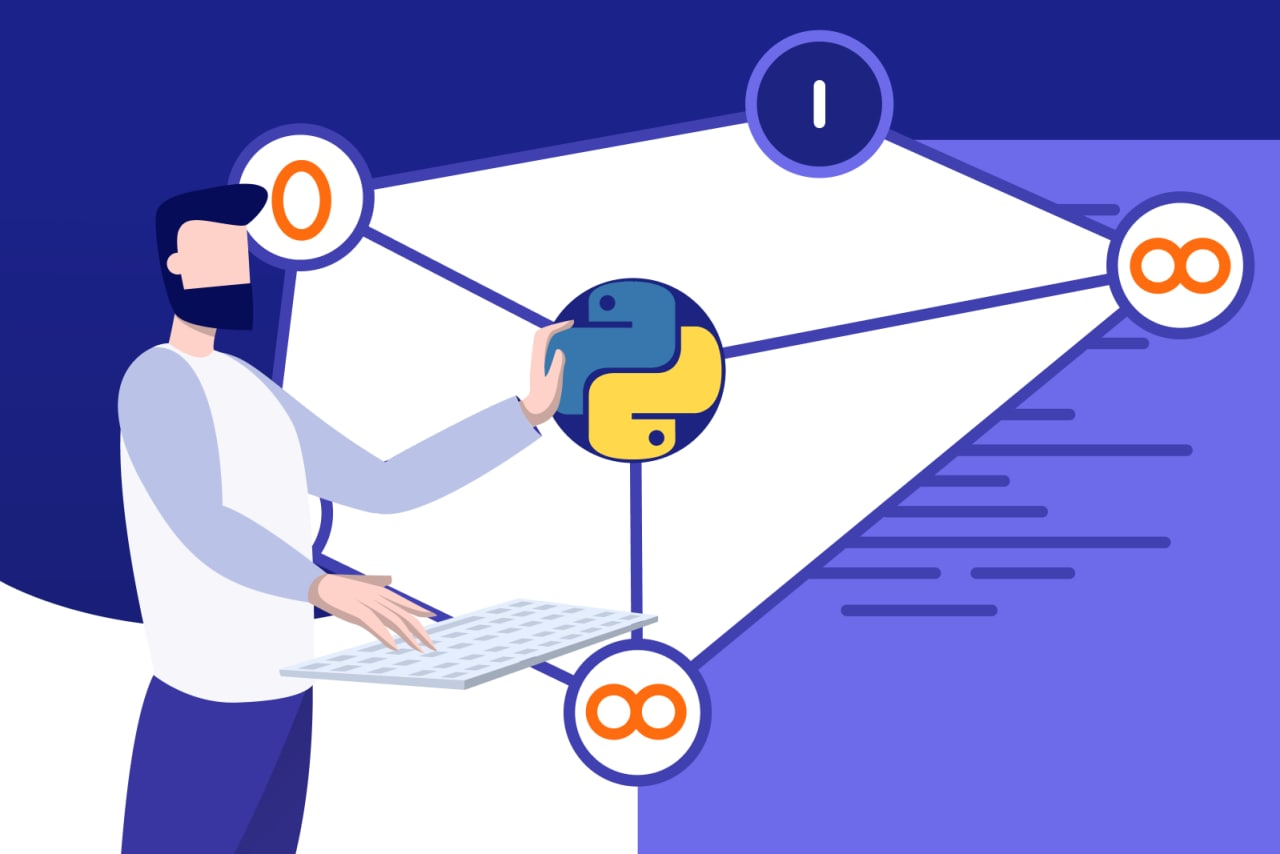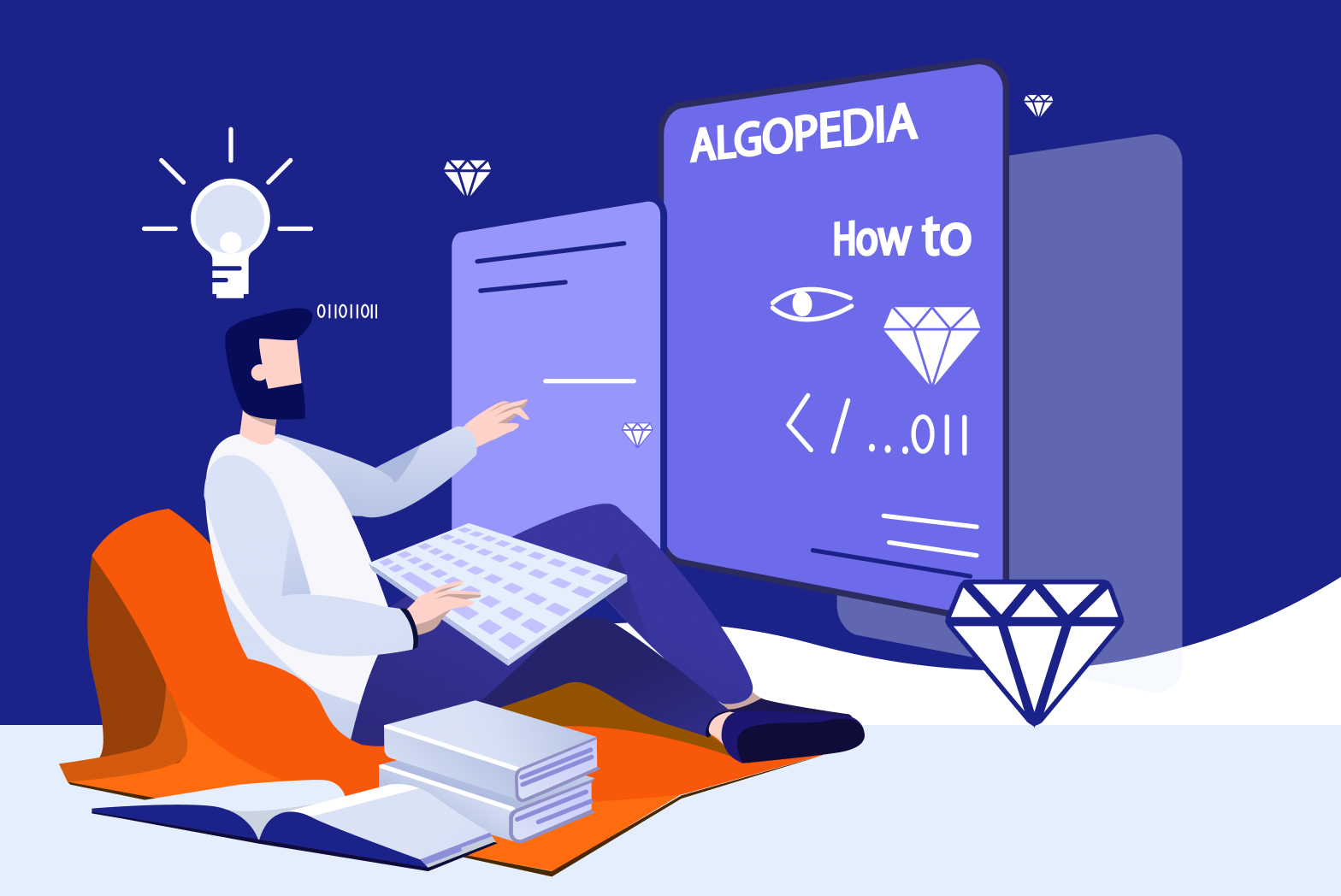
Learn How You Can Use Kubernetes to Expand Cloud Possibilities
The development of modern cloud technologies is opening doors to new possibilities. With increasingly iterative solutions being developed, it can be difficult to figure out the best cloud deployment platform to launch cloud apps.
Even though there is a wide range of options available to consumers, the development features offered by Kubernetes make it a serious contender to the best cloud platform title. The platform has been rapidly growing since its inception in 2014 and has become a leading development platform across the cloud.
However, before we delve deeper into the exploration of what Kubernetes offers, let's explore its background.
What is Kubernetes?
Kubernetes is a cloud platform developed by Google utilizing the Goland language with an expansion into the Open-Source domain. The development has been centered around the learning aspects from the Omega and Bong aspects of Google projects to incorporate the framework that is central to leading google applications. Since its propagation, the system has been rapidly expanding across a wide range of different companies of different scales. The platform has become a leading powerhouse in the DevOps domain with widespread traction from developers. The production management elements of the platform have been a major factor in its structural composition.
As a central Open-Source orchestrator, Kubernetes assists in the deployment and management of applications at a major scale. Kubernetes simplifies the management and deployment of scalable solutions focused on reliability to distribute applications and deliver services across key APIs.
We will delve into detail about what makes Kubernetes ideal for businesses looking to shift away from the norm and embrace an alternative cloud development process.
What Makes Kubernetes the Ideal Cloud Platform for Businesses?
Kubernetes is rapidly emerging as the optimal cloud platform based around the simplified management aspects, grouping features, and multiple project deployments within the same cluster. The scaling through Kubernetes enables simplified scaling to be integrated to allow the transition from a simple prototype/proof-of-concept to a completely available setup. The integrated load-management capabilities within the setup simplify the management process of routing and configuring the setup for increased traffic loads.
Here are some of the most viable benefits associated with shifting to Kubernetes.
- Self-Healing Configuration With the structuring configuration of the Kubernetes being configured to stay within a certain configuration, the Kubernetes management ensures that the state is actively maintained throughout the course of time. This assurance of verifying for the completion of set terms and elements within the system helps establish the integrity of the system and restore the system in the scenario of any human errors. The structure also helps maintain the initial conditions throughout the lifetime of the system, which can be a major maintenance hassle across other
- Immutability Options The broader focus of Kubernetes is to empower developers to create a structure that follows along with the principles of immutability. This ensures that the structural definition can be varied with user-made changes into the system. The conventional mechanism of managing immutability has been handled through iterative changes; however, in Kubernetes, the application updates are focused on using entirely new container images, which help maintain an artifact-based record of the changes made into the system with simplified update mechanisms.
- Configuration Objects With Declarations The structural working of the Kubernetes framework creates declarative objects that are representations of the broader state of the system. This is different from the conventional configuration system, where the instruction process relies on a series of different instructions. The elements of these systems allow users to create error-resistant systems with an accurate description of system states. The broader developmental tools used can also be extended with the declarations. This element of the working structure of Kubernetes makes way for iterative rollbacks of the system, which has been a major challenge with the structure of conventional systems.
- Unlimited Replications Conventional tools like Docker can be highly limited in terms of the network connectivity and management structure based on the limitation of network connectivity. Kubernetes offers faster connectivity while also offering unlimited replications to offer a cost-effective experience. The lifetime replications within Kubernetes are made effortless within the system with integrated support and management. The system is also able to evaluate and explore the nodes with the least load to help with the load management elements.
With the visible simplicity present across the Kubernetes developmental framework, it is important to explore how Kubernetes supports the scalability of the development process by making way for scalability in the broader system.
Achieving Scalability Through Kubernetes
The central philosophy of the Kubernetes framework is structured around the broader scalability of the system. Kubernetes embraces the scalability of the system by working towards embracing and embedding decoupling-based architectures. Here is how Kubernetes helps developers maintain a scalability-oriented approach through the development process
Decoupled Architecture
The central elements of the Kubernetes framework are centered around the separation of the components through the definition of API and the inclusion of load balancing throughout the system. The utilization of the APIs facilitates the creation of a buffer between the consumer and the implementer. Within the instances of the service, load balancers are used to create a buffer for management. The decoupling of the components through the architecture also simplifies the scalability of the programs, which helps the size-management without having to make alterations to the other layers of the system.
Application Scalability
The scalability of the application is simplified due to the immutability of Kubernetes as explored in previous areas. The declarative nature of the platform also assists with the scalability process. Because of the fact that the containers are immutable, the replication is simplified through the configuration, which can be altered when required. Auto-scaling can be embedded as well to simplify Kubernetes management.
Creating Microservice Architectures Focused on Decoupling
Throughout the microservice management process, multiple individuals contribute to different services. The product's broader completion is facilitated through the culmination of the different services of the application. The following abstractions simplify the process in Kubernetes.
- Pods – In Kubernetes, Pods are groups of containers bringing together the images made by different members of the team into a single development unit. The convenience afforded by these allocations allows efficient co-working environments on Kubernetes.
- Load Balancing – The load balancing structure is embedded into the system to name every microservice and provide separation. The load balancing aspects of the framework ensure reliable application rollouts every time.
- Microservice Control – The internal microservice control in Kubernetes allows the control of service through different degrees to lead to efficient control. Different machines can collocate on the same machine within the Kubernetes management structure without any mutual interference, which allows the reduction of cost and overhead for the infrastructure.
The scalability of the management is supported throughout optimal practices in the form of separation of concerns in Kubernetes. Here is how that works.
Separating Elements Through SoC
Within the Kubernetes infrastructure, the separation of concern phenomenon explores the practicality of a small functional team addressing the concerns of larger applications within the Kubernetes infrastructure. The infrastructure within Kubernetes puts a separation between the machines and the developers. Within the cloud, this leads to added convenience in the form of portability as developers are able to access higher-level APIs within the infrastructure.
The developers also have the added convenience of being able to transfer their applications across a range of different environments, which can be done simply throughout the sending of the configuration to new clusters. The platform also offers integrated plugins to supplement abstraction and help create load balancers across leading public and private cloud infrastructures.
With the allocation to simultaneously manage applications on a single machine without mutual internal impacts, the tasks from different users can be efficiently stored on a single machine which increases the efficiency and lowers the cost with the reduction of total machines.
Conclusion
The purpose of the creation of Kubernetes was to transform the way applications were created and deployed in a cloud environment. The framework has emerged as the ideal choice for developers to have increased support from the framework throughout the cloud development process thanks to iterative support and self-healing mechanisms vested within the application. Based on the trajectory and growth exhibited by the platform and the increasing allocations being configured throughout the management, it is clear that Kubernetes is certainly the future of cloud-based development.







